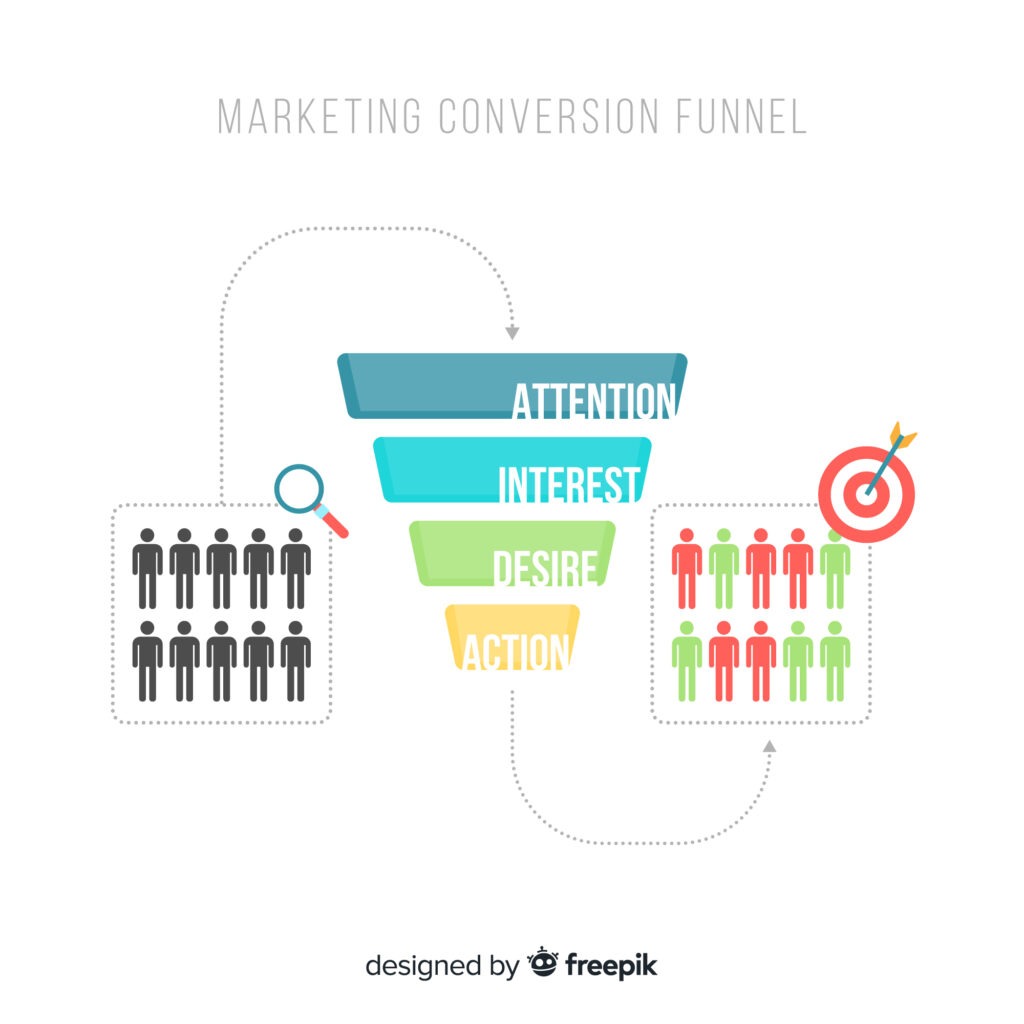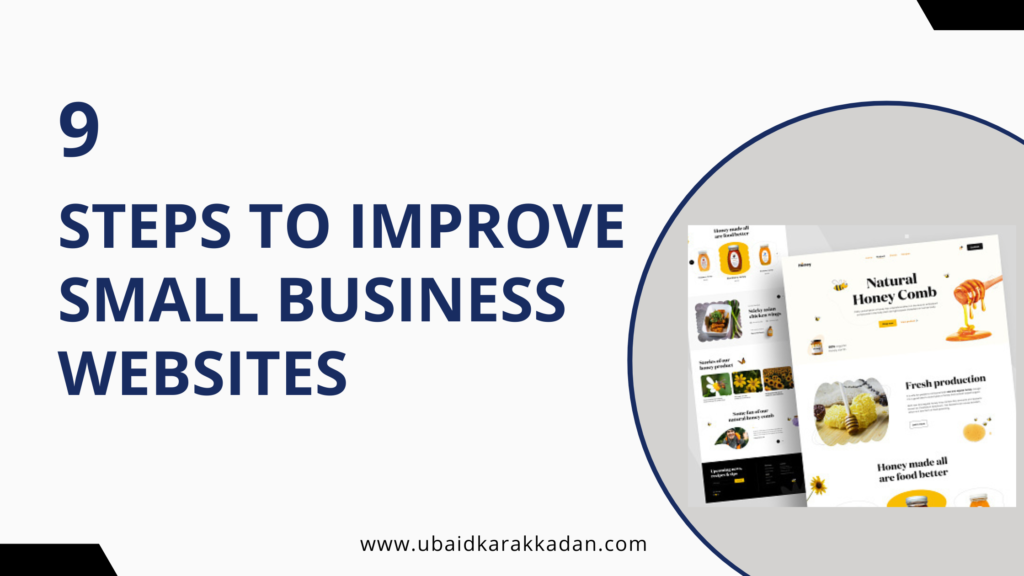In today’s competitive digital landscape, simply attracting website visitors is not enough to ensure business success. Converting those visitors into paying customers is the ultimate goal. This is where Conversion Rate Optimization (CRO) comes into play. In this blog post, we will explore the strategies and techniques that can help you turn your website visitors into loyal customers, driving business growth and increasing revenue.
Table of Contents
Understanding Conversion Rate Optimization

Definition of CRO
Conversion Rate Optimization (CRO) is the process of improving the percentage of website visitors who take a desired action, such as making a purchase, filling out a form, or subscribing to a newsletter.
Goals of CRO
The ultimate goal of CRO is to increase the conversion rate, which is the ratio of conversions to the total number of website visitors. By optimizing various elements of your website and marketing strategies, CRO aims to maximize conversions and improve the return on investment (ROI) of your digital marketing efforts.
Key metrics to measure conversion rates
To effectively measure and analyze conversion rates, it’s important to track and monitor specific metrics. Here are some key metrics commonly used in CRO:
- Conversion Rate: This is the primary metric that indicates the percentage of visitors who convert into customers or take the desired action. It is calculated by dividing the number of conversions by the total number of visitors and multiplying by 100.
- Click-Through Rate (CTR): CTR measures the ratio of clicks on a specific element, such as a call-to-action button or an advertisement, to the number of impressions or views. A higher CTR indicates that visitors are engaging with your content and moving towards conversion.
- Bounce Rate: Bounce rate represents the percentage of visitors who navigate away from your website after viewing only one page. A high bounce rate may indicate that visitors are not finding what they were looking for or encountering obstacles that hinder their engagement and conversion.
- Average Session Duration: This metric measures the average time visitors spend on your website during a session. A longer average session duration suggests that visitors are engaging with your content and exploring multiple pages, increasing the likelihood of conversion.
- Exit Rate: Exit rate refers to the percentage of visitors who leave your website from a specific page. Monitoring exit rates helps identify potential problem areas or bottlenecks where visitors are dropping off without converting.
Common challenges in CRO
While Conversion Rate Optimization can yield significant benefits, it’s important to be aware of the challenges that may arise. Some common challenges in CRO include:
- Lack of Data: Insufficient or inaccurate data can hinder the effectiveness of CRO efforts. It’s essential to have access to reliable data and analytics tools that provide insights into user behavior, conversion paths, and conversion funnels.
- Understanding Visitor Behaviour: Understanding how visitors interact with your website and what motivates them to convert can be challenging. Conducting thorough user research, utilizing heatmaps and user recordings, and implementing user testing can help gain valuable insights into visitor behaviour.
- Testing and Iteration: A/B testing and multivariate testing are integral components of CRO. However, conducting effective tests, interpreting results accurately, and implementing changes based on those insights require expertise and careful analysis. Testing and iterating should be an ongoing process to continually improve conversion rates.
- Alignment with User Intent: One of the key challenges in CRO is ensuring that your website aligns with the intent of your target audience. Understanding your target market’s needs, preferences, and pain points is crucial for optimizing your website to meet their expectations and drive conversions.
- Technical Limitations: Technical issues, such as slow page loading speed, poor mobile responsiveness, or complex checkout processes, can negatively impact conversion rates. Overcoming these technical limitations requires technical expertise and regular website maintenance.
By understanding the goals of CRO, tracking key metrics, and being aware of common challenges, you can navigate the world of Conversion Rate Optimization more effectively and make informed decisions to optimize your website for higher conversion rates.
Conducting Conversion Rate Analysis
Analysing website traffic and user behaviour
To improve conversion rates, it’s essential to analyse your website traffic and understand user behaviour. By examining data and metrics related to user visits, engagement, and conversions, you can gain valuable insights into how visitors interact with your website. Here are some key steps to conduct conversion rate analysis:
- Traffic Sources: Identify the sources of your website traffic, such as organic search, paid advertisements, social media, or referral links. Analysing traffic sources helps you understand which channels are driving the most conversions and allocate resources accordingly.
- User Demographics: Examine user demographics, including age, gender, location, and interests. Understanding your target audience enables you to tailor your website content and messaging to better resonate with your visitors.
- User Flow: Analyse the user flow, which refers to the path visitors take on your website from entry to conversion. Identify the pages where users typically enter your site, the most common navigation paths, and where visitors drop off without converting. This analysis can help you optimize the user journey and streamline the conversion process.
Identifying conversion bottlenecks and areas for improvement
Once you have analysed your website traffic and user behaviour, it’s crucial to identify conversion bottlenecks and areas that require improvement. Here are some steps to help you pinpoint these areas:
- Conversion Funnel Analysis: Break down the conversion process into a series of steps or stages, commonly known as the conversion funnel. Analyze the conversion rates at each stage of the funnel to identify potential bottlenecks or areas where visitors are dropping off. This analysis allows you to focus your optimization efforts on the critical stages of the conversion process.
- Form and Checkout Optimization: If your website includes forms or an e-commerce checkout process, pay close attention to these areas. Identify any friction points, such as unnecessary form fields, complicated checkout steps, or confusing error messages. Streamline these processes to reduce abandonment rates and increase conversions.
- Page Performance: Evaluate the performance of your landing pages and product/service pages. Consider factors such as page loading speed, content relevance, visual appeal, and clear calls-to-action. Optimize these pages to provide a seamless user experience and encourage visitors to take the desired actions.
- Usability Testing: Conduct usability testing to gather feedback on your website’s user interface, navigation, and overall user experience. Observing how users interact with your site and listening to their feedback can uncover usability issues and provide valuable insights for improvement.
Utilizing heatmaps and user recordings for insights
Heatmaps and user recordings are powerful tools for understanding how visitors engage with your website. Heatmaps provide visual representations of where visitors click, scroll, and spend the most time on your web pages. User recordings, on the other hand, capture actual user sessions, allowing you to observe how visitors navigate through your website. Here’s how you can utilize these tools:
- Click Heatmaps: Analyse click heatmaps to identify areas of high user interest and interaction. Pay attention to the most-clicked elements, such as navigation menus, buttons, or specific content sections. Optimize these elements to enhance user engagement and guide visitors towards conversion.
- Scroll Heatmaps: Scroll heatmaps indicate how far visitors scroll down on your web pages. This helps you understand if crucial information or calls-to-action are located within the visible area or if visitors are missing important content. Use this information to place key elements strategically and ensure they are visible to encourage conversions.
- User Recordings: User recordings provide valuable insights into how visitors navigate your website. By observing actual user sessions, you can identify patterns, common obstacles, and areas where visitors may struggle. Use these insights to make improvements, remove friction points.
Optimizing Website Design for Conversions
An intuitive and user-friendly website design plays a vital role in encouraging conversions. A clear and visually appealing user interface, streamlined navigation, and reduction of friction points are key elements to focus on. Additionally, incorporating persuasive design elements, such as prominent call-to-action buttons and compelling visuals, can significantly impact conversion rates.
Also Read: Landing Page Optimization Strategies
Crafting Compelling Call-to-Actions (CTAs)
Effective call-to-actions (CTAs) are essential for guiding visitors towards conversion. Designing eye-catching and action-oriented CTAs, strategically placing them on web pages, and optimizing their copy and design are critical steps to encourage user engagement and increase conversion rates.
Improving Website Loading Speed
Website loading speed has a direct impact on user experience and conversion rates. Optimizing images, reducing page size, and leveraging caching and content delivery networks (CDNs) are some strategies to enhance loading speed. A faster website improves user satisfaction and decreases the likelihood of visitors abandoning your site before converting.
Enhancing User Experience (UX)
User experience plays a pivotal role in determining whether visitors will convert into customers. Conducting usability tests, optimizing mobile responsiveness, and personalizing the user journey are crucial steps in improving UX. By providing a seamless and personalized experience, you can significantly increase conversions.
Utilizing Social Proof and Trust Signals
Social proof and trust signals can boost confidence in your brand and encourage conversions. Showcasing customer testimonials and reviews, displaying trust badges and security seals, and incorporating user-generated content can establish credibility and alleviate any doubts potential customers may have.
Testing and Iterating for Continuous Improvement
A/B testing and multivariate testing are powerful techniques to identify the most effective elements on your website. By comparing different versions of pages and analyzing the results, you can make data-driven decisions to optimize conversion rates. Continuous testing, analysis, and iteration are vital for ongoing improvement.
Monitoring and Analyzing Conversion Rates
Implementing conversion tracking and analytics tools is essential for monitoring and analyzing conversion rates. Measuring key conversion metrics, tracking trends, and generating regular reports enable you to make informed decisions and identify areas for further optimization.
Conclusion
Conversion Rate Optimization is a critical aspect of any successful digital marketing strategy. By implementing the strategies and techniques discussed in this blog post, you can unlock the potential of turning your website visitors into loyal customers. Remember to continually monitor and analyze conversion rates, adapt your strategies based on data-driven insights, and strive for continuous improvement.




